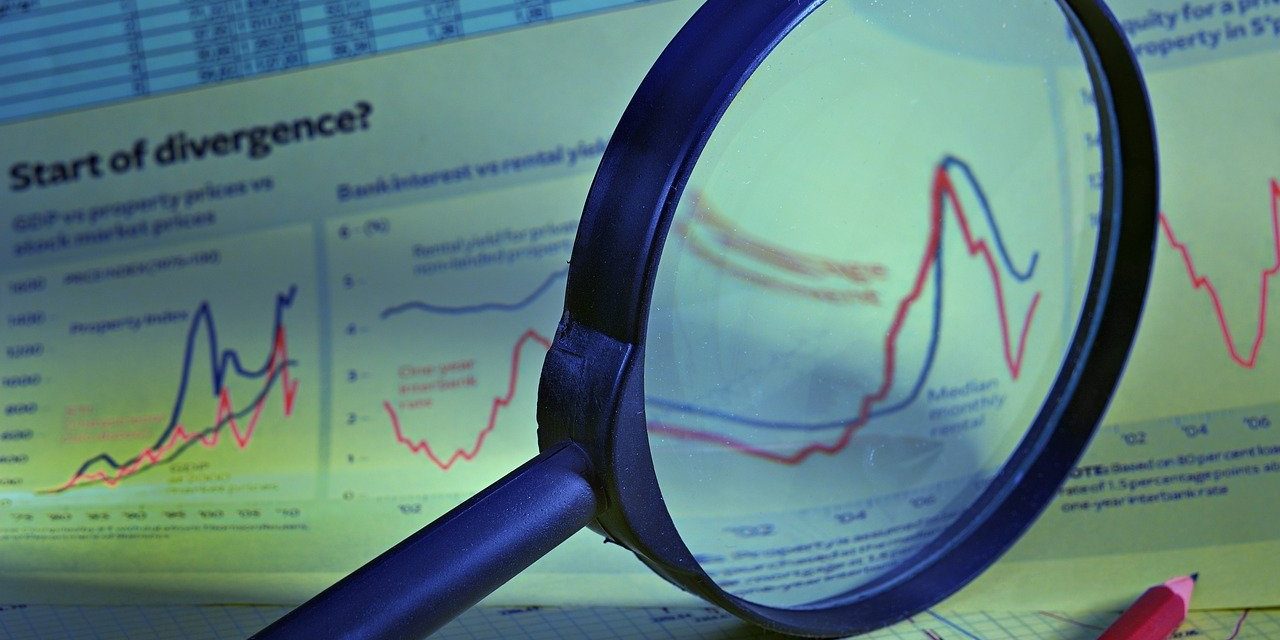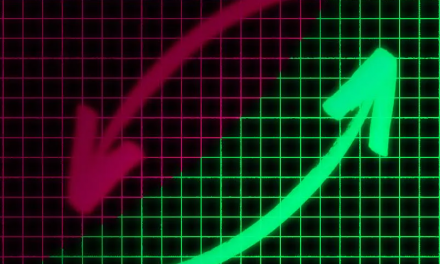Tech and Crypto Traders Should Keep an Eye on U.S. Bond Market for Signs of Economic Recession
Bitcoin’s bullish run this year has traders wondering whether it can continue without any hiccups. While the cryptocurrency has gained over 60% in 2021, with prices reaching a nine-month high near $29,000 this week, its future is still uncertain. Crypto traders should keep an eye on the bond market, particularly the yield curve, to determine whether a recession is near.
The Negative Spread in Yield Between 10-Year and 2-Year Treasury Notes
The negative spread between yields on 10-year and two-year Treasury notes has reduced sharply by 80 basis points in two weeks, and it was just 30 basis points short of turning positive at press time. Historically, the so-called de-inversion or re-steepening of the curve has meant that economic recession is just a few months away, and this has portended significant drawdowns in stock markets. If the ongoing de-inversion of the yield curve gathers steam, tech stocks, including Bitcoin, could come under pressure, leading to a drop in prices.
Understanding the Yield Curve
The yield curve is a graphical representation of the relationship between interest rates and the maturities of U.S. Treasury fixed-income securities. Bond yields and prices move in the opposite direction. Analysts closely track spreads between long- and short-duration yields to gauge the economic direction. Yields on longer-duration bonds or at long ends mainly represent expectations for economic growth, while those at the short end are more reflective of interest rate expectations.
Inverting and De-Inverting the Curve
The curve typically inverts when a central bank raises rates rapidly, leading to a sharp rise in the two-year yield relative to the 10-year yield. The latter lags as growth expectations slide due to monetary policy tightening. Once the negative economic impact of the tightening becomes evident, markets begin pricing rate cuts, driving the two-year yield lower relative to the 10-year yield, causing a de-inversion of the spread and confirming the recession. Therefore, curve inversion or the spread’s negative flip has long been viewed as a sign of impending economic recession and de-inversion as a sign the recession has arrived.
Experts’ Opinions
David Rosenberg, founder and president of Rosenberg Research & Associates, tweeted, “Keep an eye on the yield curve ‘de-inverting.’ We’re now getting close. The day that happens after an inversion, the countdown to recession starts in earnest: an average of 4 months and a median of 2 months.” Thomas Thornton, founder of Hedge Fund Telemetry, expressed a similar opinion as early as August, saying that “when the curve steepens, recessions happen, and stocks fall.”
Overall, as crypto traders continue to monitor Bitcoin’s performance, they should also keep a close eye on the yield curve to determine whether a recession is near. The U.S. bond market can provide important cues for both tech and crypto traders to make informed decisions.
Source: CoinDesk





